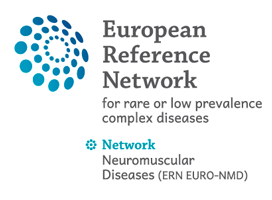20 Apr 2020
Boosting delivery of rare disease therapies: the IRDiRC Orphan Drug Development Guidebook
Authors:
Anneliene Hechtelt Jonker, Virginie Hivert, Michela Gabaldo, Liliana Batista, Daniel O’Connor, Annemieke Aartsma-Rus, Simon Day, Ken Sakushima & Diego Ardigo
The International Rare Diseases Research Consortium (IRDiRC) has created a Guidebook to facilitate drug development for rare diseases by organizing available tools into a standardized framework.
Millions of people worldwide are affected by rare diseases, but it is estimated that fewer than 5% of the known rare diseases have at least one approved pharmacotherapy1. Regulatory and economic incentives for the development of drugs for rare diseases (orphan drugs), have led to a steady rise in the number of such treatments2, but at the current pace, the International Rare Diseases Research Consortium (IRDiRC)’s goal3 of 1,000 new rare disease therapies by 2027 will not be reached.
There are multiple challenges inherent in developing drugs for rare diseases, including the limited knowledge available for most diseases, the difficulties of generating adequate efficacy and safety data in small populations and the risk of financial unsustainability for both developers and health-care systems. In this context, the traditional model of development seems inefficient and a new framework is required. Over the past decade, research, policy, regulatory initiatives, resources and tools have been introduced to expedite drug development for rare diseases, such as stakeholder interaction programmes, innovative methodological and operational approaches for clinical trials and new development best practices. However, these tools are not yet systematically and coherently applied by all organizations in the field. This issue is increasingly important as a new generation of stakeholders, including charities and patient organizations, has arisen, which are often characterized by a strong focus and understanding of medical needs, but limited experience in managing the complexity of drug development.

